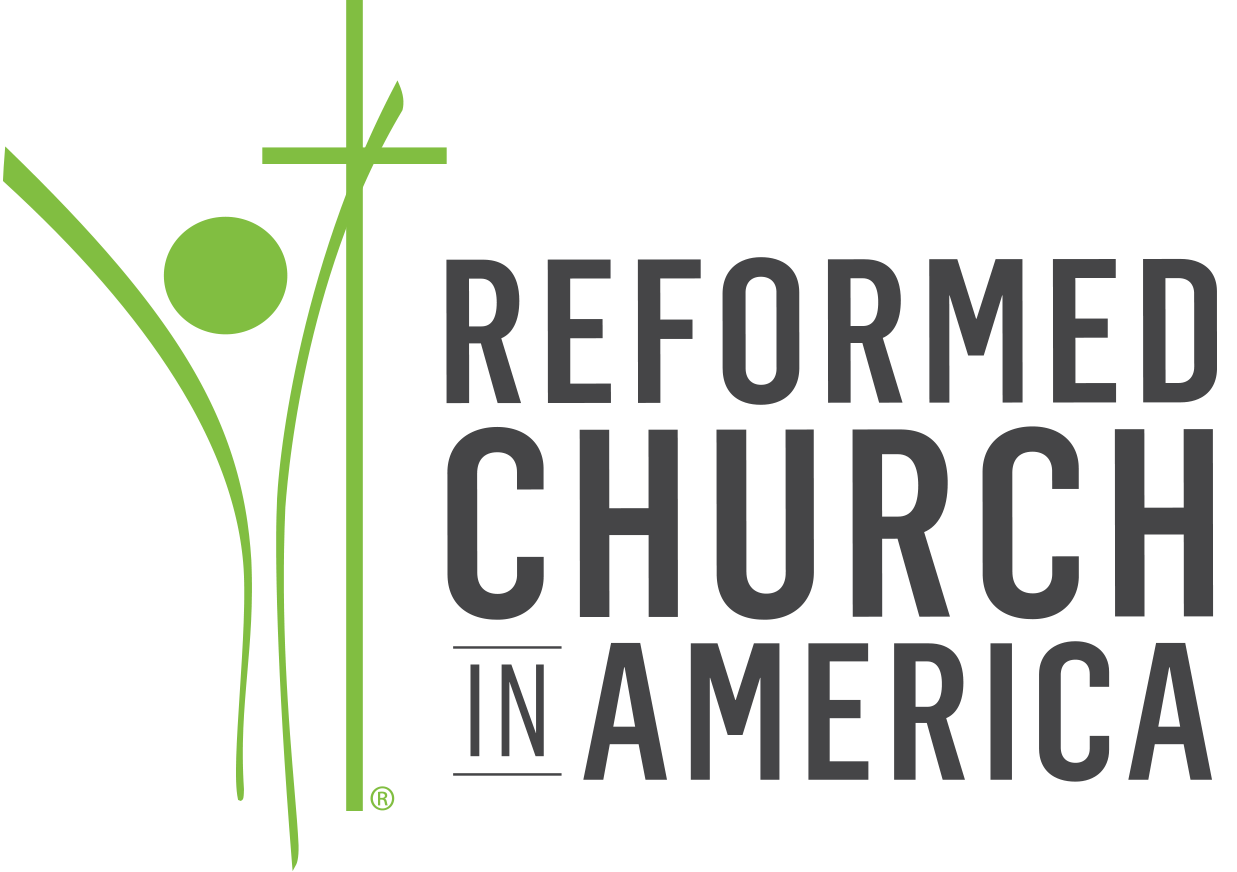Albert Vander Meer
edited by Bob Terwilliger, spring 2022
In May of 1950 my family made the difficult decision to leave the Netherlands and immigrate to Ontario, Canada. I was seven but remember the experience well. On the day of departure all of my relatives gathered around the large car which was to take us to Rotterdam, the port of departure. An uncle commented expressing the family grief, “This is like a funeral because we will never see you again.”
We made it to our destination. The dream of immigration was realized. But the loneliness experienced by my parents, myself and my siblings was significant. In the Netherlands we were surrounded by family and friends. Now we only had each other for companionship. Imbedded within me came the realization, “People need people.”
 So why did we immigrate? My Dad had a vision to own a farm that would support him and his family. This vision was realized ten years after the immigration experience. In 1960 Dad purchased a farm of 200 acres with 50 dairy cows. My father’s vision was fulfilled.
So why did we immigrate? My Dad had a vision to own a farm that would support him and his family. This vision was realized ten years after the immigration experience. In 1960 Dad purchased a farm of 200 acres with 50 dairy cows. My father’s vision was fulfilled.
How did the immigration experience influence my ministry and create the blessings of church growth in every church I served? A church must have the vision for growth and realize the primary reason people attend a particular church. People must have their need for fellowship met.
During my senior year at WTS I received four calls to serve their church. Two calls came because I have a farming background and the search committee felt I would fit into their rural farming community. A church from Ontario called me because I am Dutch and speak the language. But a church in Royal Oak, Michigan called me because they wished to grow. I accepted this call because of their vision.
And they did grow. We were able to attract 100 new members in 3 years. The key to church growth is fellowship. We added a Wednesday evening program called “Youth Club” which ministered to our children and adults. The program included a fellowship meal, bible studies, arts and crafts and choir practice for adults. Visitors were called on by me and members of the congregation. New relationships were continuously formed. Worship attendance grew to 130.
Unfortunately, not all of the members appreciated the significant growth and used their political power to curb changes that would continue to accommodate ministry to the community. The church is now closed.
In 1977 the Classis of Illinois called me to start a new church in the Quad Cities. I accepted this call without reservation. Long before this call came, I had a vision of starting a church.
But like the immigration experience when I arrived in the Quad Cities, I was quite lonely. I soon recruited a group of eleven persons to meet with my wife and me every Sunday evening to share the vision of starting a church. My “disciples” owned the vision and together we planted a church called Christ’s Family. Our services were held in the Holiday Inn. This place of worship was visible because it was located on a major expressway. The place of worship was in the main ballroom and easily accessible. After worship we met for coffee and formed small groups in the worship center for a discussion on the message. Visitors quickly became assimilated into the life of the congregation. Their need for fellowship was immediately met. In about three years we grew to become a congregation of 200.
Land was purchased upon which we were to build. Building a suitable church with our limited financial resources was a challenge. But this challenge caused the members to own the vision for building a church. We found Zion Church Builders who allowed the congregation to become its own General Contractor, utilizing volunteer labor and the resources of the congregation. In 1985 we dedicated a beautiful colonial church building. Our vision was realized.
In 1991 I accepted a call to another congregation in Florida. But Christ’s Family continued the vision, adding on to the building on two occasions and planting a daughter church called the North Ridge Community. Mother and daughter churches have a combined membership of about 600 persons.
What is the key to the success of a new church plant? Vision and the assimilation of new members into the community of the church. Vision and fellowship in Christ were key to the success of the early Christian Church and continues to be the key to a successful ministry today – wisdom I discovered in the difficult immigration experience.
Al was born in Warns, Friesland, Netherlands, and received his B.A. from Hope College, his M.Div. from Western Theological Seminary, and his D.Min. from McCormick Theological Seminary. He served as pastor at Redeemer, Royal Oak, MI, at Christ Family in Bettendorf/Davenport, IA, and at Rolling Hills, in Zellwood, FL. He served as the Synod Executive for the Regional Synod of Mid-America, and since retiring, has been an interim and contract pastor at numerous congregations. Al and Lenore live in Beecher, IL. avandermeer42@gmail.com
